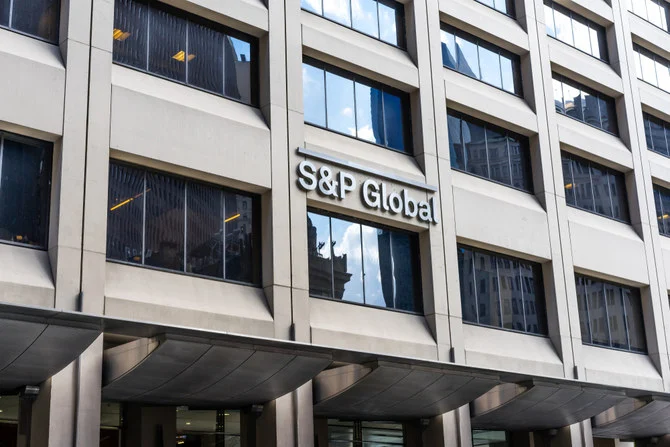S&P Global Market Intelligence in a recent report stated that global supply chains have nearly returned to pre-pandemic levels in terms of activity, inventories, and seasonality.
“As supply chain activities have normalised, corporations are evaluating and implementing supply chain changes based on the experiences of the past three years,” said S&P Global Market Intelligence Head Of Supply Chain Research Chris Rogers.
He also anticipated that the second half of 2023 would witness further announcements regarding long-term supply chain strategy choices.
Rogers acknowledged the existence of uncertainties in government policies and physical risks as companies begin implementing long-term supply chain restructuring plans in the second half of 2023.
Rogers noted that during the first half of 2023, there has been a significant recovery in both the volume and pattern of shipments. For instance, he mentioned that in May 2023, US seaborne imports of containerized freight declined by 27% year-over-year but remained 2% above the average for the same month between 2016 and 2019.
Additionally, S&P Global’s manufacturing purchasing managers’ index (PMI) indicated that supplier delivery times in May reached their fastest pace since April 2009.
Highlighting the ongoing conflict in Ukraine, Rogers emphasised that food supply chains are particularly vulnerable to the “Black Sea grain initiative,” which might continue from the latter half of July 2023 without Russian participation.
He also mentioned that supply chains will face ongoing challenges due to the additional complications brought about by sanctions, including new EU regulations governing exports of goods from third-party countries.
Rogers indicated that a review of US Section 301 duties on imports from mainland China, initially imposed by the Trump administration, could be finalised by the end of 2023. This review introduces uncertainty for supply chains relying on the affected products, potentially impacting reshoring decisions until the situation is resolved.
Regarding the European Union, Rogers highlighted the negotiation and implementation of environment-linked regulations expected to take effect in the second half of 2023. These regulations could have significant implications for the steel and aluminium sectors and their downstream supply chains. In October, the EU’s Carbon Border Adjustment Mechanism (CBAM) will be implemented, requiring the reporting of imports under the scheme.
Despite the progress made in supply chain normalisation, Rogers cautioned about possible disruptions caused by natural disasters, staff-related issues like cyber-attacks, or logistical challenges such as low water levels in the Panama Canal. These disruptions are more likely to occur during the peak shipping season.









